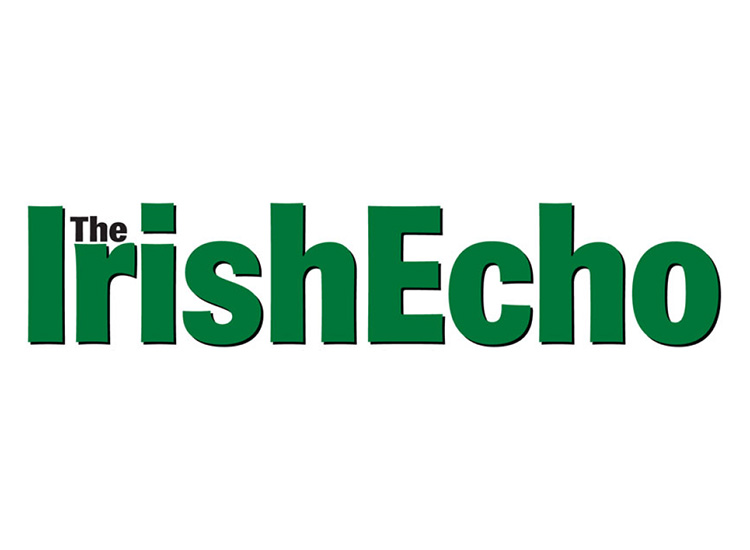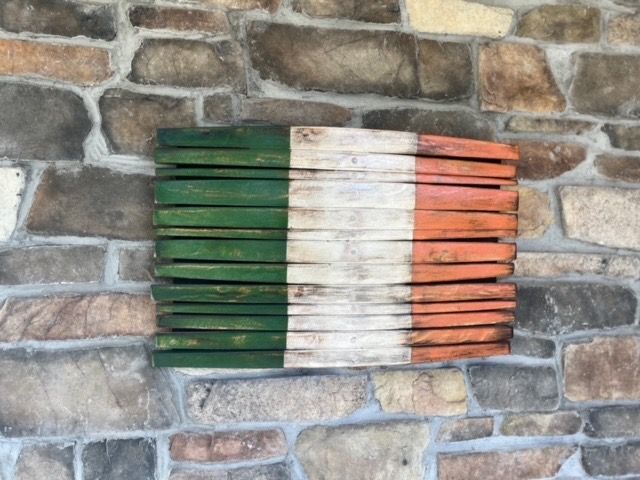By Daniel Neely
I lead this week with reports that Donald Trump’s administration is considering a dramatic spending reduction plan that would include eliminating the National Endowment for the Arts. While it is not clear that this plan will come to fruition, it’s one that anyone who values traditional Irish music should be vigilant of and actively resist. It isn’t a question of fiscal responsibility, as its budgetary impact is minuscule: in 2016, the NEA’s budget was $148 million, a mere .016 percent of the government’s overall budget and 40 percent of this budget was administered through state arts agencies, which in turn distributed funds to deserving arts organizations, many of which present traditional music.
If you read this column, it is almost without question that NEA funds have supported your love for Irish music one way or another. Two important local examples are the Irish Arts Center and the Catskills Irish Arts Week, both of which receive NEA support through the New York State Council for the Arts. While both would be severely affected if not outright devastated with the NEA’s loss, there are dozens and dozens of kindred organizations throughout the country that would be similarly affected.
The NEA has also done yeoman’s work to recognize the tradition’s U.S.-based master musicians through the National Heritage Fellowship. The Fellowship is this country’s highest honor in the folk and traditional arts and an important means for validating our music on the national level. The list of National Heritage Fellows in the field of Irish music includes Joe Heaney (1982), Martin Mulvihill (1984), Michael Flatley (1988; his dance troupe “Lord of the Dance” was recently featured at one of Trump’s inaugural events), Jack Coen (1991), Liz Carroll (1994), Donny Golden (1995), Mick Moloney (1999), Kevin Burke (2002), Joe Derrane (2004), Mike Rafferty (2010), Séamus Connolly (2013), Kevin Doyle (2014), and Billy McComiskey (2016). It’s an august bunch, indeed.
Eliminating the NEA would send the wrong message about how to respect our master musicians and dancers. If you value your traditional music, it is important you speak out and reject any effort to eliminate or even diminish the agency and the good work it does, should the question arise.
Beautiful Vallely album
This week I’ve been listening to pianist Caoimhín Vallely’s newly-released self-titled solo album.The follow up to his 2005 debut “Strayaway,” this self-titled album is very much the “exploration of Irish traditional music on piano” that Vallely’s website claims. What makes it different is that this album goes beyond being a mere collection of tune sets. Although it is broken up into individual tracks, the music is essentially intended to be presented in near-continuous fashion, something that envelops the listener in Vallely’s creative vision. Tunes, rhythms, and textures blend and transform in kaleidoscopic fashion. It’s an engaging, if not outright hypnotic approach from a member of a famously artisitic Armagh family that not only gives the album an exploratory artistic feel, but exploits the “album” format in an intelligent and creative way.
https://youtu.be/jW52XTxgfdI
The album starts with “Splendid Isolation,” which centers around Brendan McGlinchy’s famous composition. Over the track’s 12 minutes, the listener is not only presented with McGlinchy’s tune, s/he’s taken on a journey that explores a rake of tunes representing divergent tempos, rhythms, and key areas. By track’s end, you’re in a different place, thankful for the journey.
The album moves forward in similar fashion. Another stunning track is “Amhrán na Leabhar,” which puts an air about the loss of a book collection at the center of an epic 10-minute musical journey. Vallely begins with the sparsely arranged air and slowly adds texture and harmonic intensity through several emotional and expressive moments, slowly building intensity with a jig, until Brian Morrissey’s bodhrán enters, ushering in a pair of bright, punchy reels. The transitions are impressionistic and blended in a most effective way.
The album’s finest moment has to be “James Connolly.” Featuring Karan Casey on vocals, the track is brooding and moody, and makes a grave, incredibly poignant statement that would seem to tap into a sense of political existentialism many readers might appreciate. Casey’s delivery is moving and Vallely’s harmonic settings, which reflect the stylistic choices he’s made throughout the album, complement her perfectly. There are also brilliant vocal tracks featuring Fiona Kelleher, who sings wonderfully on “Last Night Being Windy” and “My Dear Companion.”
This is a keenly considered and beautifully worked out album that would appear to reject conservative notions of what constitutes “traditional” music. There are impressionistic moments in this album that are reminiscent of The Gloaming and also of some of Mícheál Ó Súilleabháin work, but there are also moments that represent a broader horizon and recall, say, the harmonic language of someone like jazz great McCoy Tyner. Vallely’s approach is not about deconstruction. Rather, he leans very heavily on the familiar and finds ways to present tunes and songs with fresh perspective. In doing so, it would be fair to say that he’s found some fertile ground and come up with a record that has done a great service to the piano’s place in traditional music. This is one to check out, especially for those looking for something heady and fresh. For more information, visit www.caoimhinvallely.ie.










